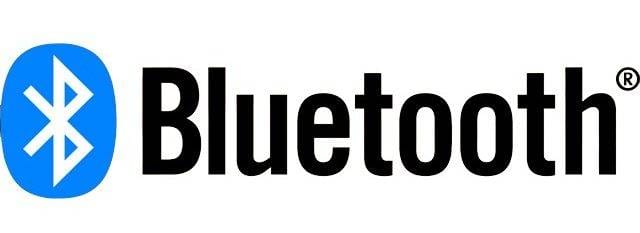An update to this decades-old wireless technology may seem overdue, but we’re excited that a Bluetooth upgrade has finally arrived with Bluetooth 5.0. It’s faster, more far-reaching, and better in every facet than its predecessors!
Bluetooth 5.0 promises to make it quicker to interact with connected gadgets—headsets, laptops, fitness trackers, mice, etc. It’ll even share Internet connectivity.
With the industry body, Bluetooth Special Interest Group (SIG), introducing the long-awaited update, we’re sure you want to know more about possibly the biggest advancement to the technology yet. Here’s everything you need to know about Bluetooth 5.0:
Bluetooth 5.0 Is Coming Real Soon
While the actual technology is available now, it’ll take a while before we get our hands on it. Estimates of when Bluetooth 5 will get integrated into our devices range from two to six months. We’ll probably see them in action within the first quarter of 2017. We honestly can’t wait.
Bluetooth 5.0 May First Be Seen with Smart Home Devices
Smart lights, fitness bands, smart thermostats, and other Internet of Things (IoT) devices may be among the first to benefit from the latest Bluetooth technology. We’re crossing our fingers that they’ll find their way into portable speakers and Bluetooth headphones soon, as well.
Bluetooth 5.0 Consumes Less Energy
For a long time, Bluetooth’s appetite for energy was huge. It once came in LE (“low energy”) and standard variants, which meant that there was a Bluetooth version designed to strain batteries less. With the advent of the new Bluetooth standard, we may be enjoying its energy-efficient variant by default. In the official announcement by Bluetooth SIG, Bluetooh 5.0 may use less power despite being more powerful. Meaning that wearables, notebooks, smartphones, and other Bluetooth-connected gizmos could be lasting longer than their predecessors.
Bluetooth 5.0 Is Faster than Previous Versions
Expect the latest Bluetooth standard to be twice as fast as the previous version (Bluetooth 4.2). Its speed has doubled, thanks largely to a 5Mbps bandwidth. Compare that to the 2.1Mbps bandwidth of Bluetooth 4.2. The upgraded data capacity could be increasing packet transmissions by twice as much than the average speed of 1Mbps before.
Bluetooth 5.0 Has Broader Range, Too
The current range of most Bluetooth connections is at 200m. With the newest Bluetooth standard, device developers and manufacturers could have better flexibility and range. By decreasing the connection’s bandwidth, they could effectively be increasing its signal range by nearly a mile! Could we be seeing long-range, Bluetooth-connected drones taking flight anytime, soon?
Bluetooth 5.0 is Compatible with Previous Versions
Hardware running the latest Bluetooth version can connect with devices running its predecessors. The only problem with this scenario, though, is that you won’t experience the best that Bluetooth 5.0 has to offer. Another unfortunate fact after the inevitable upgrade is that it won’t be possible to update Bluetooth 4 to Bluetooth 5.0 firmware in most of your gadgets. To have the snappy Bluetooth 5 at your device’s disposal, you would have to buy hardware built with it.
Bluetooth easily beat infrared as the wireless technology of choice for short-ranged, small-scale data transfers. Two idle decades after, we’re finally seeing a much-anticipated upgrade to this ubiquitous connectivity option. This latest iteration is expected to bring Bluetooth closer to the versatility and practicality of Wi-Fi connections. With such a big and promising boost, Bluetooth 5.0 could possibly make frustrating Bluetooth audio quality a thing of the past.
Arguably, though, you could already enjoy awesome sound quality from the top Bluetooth headphones on the market today. Not convinced yet? Perhaps, the best Bluetooth portable speakers will change your mind!


